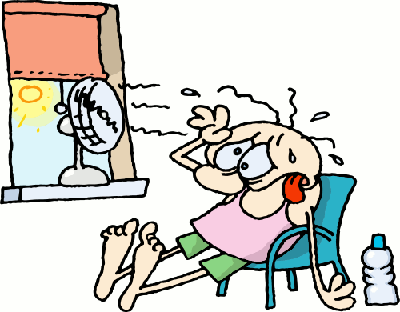Finally, there’s an eccentricity that shaped both of the top-100 lists. Each is dominated by three states: Texas, Georgia and Kentucky. What ties together these three states? They have a lot of counties. In fact, these three states rank first, second and third on the list of states that have the most counties. Texas has 254, Georgia 159 and Kentucky 120.
This means that these three states have lots of rural, small-population counties, so they take up a disproportionate share of the spots on these lists. On each list, these three states collectively account for more than 40 percent of the counties listed.
Importantly, each of these three states are red states. If some of the bigger blue states had been sliced into as many counties as Texas, Georgia and Kentucky were, some of those blue-state counties might have been poor and rural, and that could have changed the complexion of the list. As it is, blue states tend to have smaller numbers of counties. New York has 62, California has 57, Washington state has 39, Oregon has 36, New Jersey has 21 and Massachusetts has just 14.









